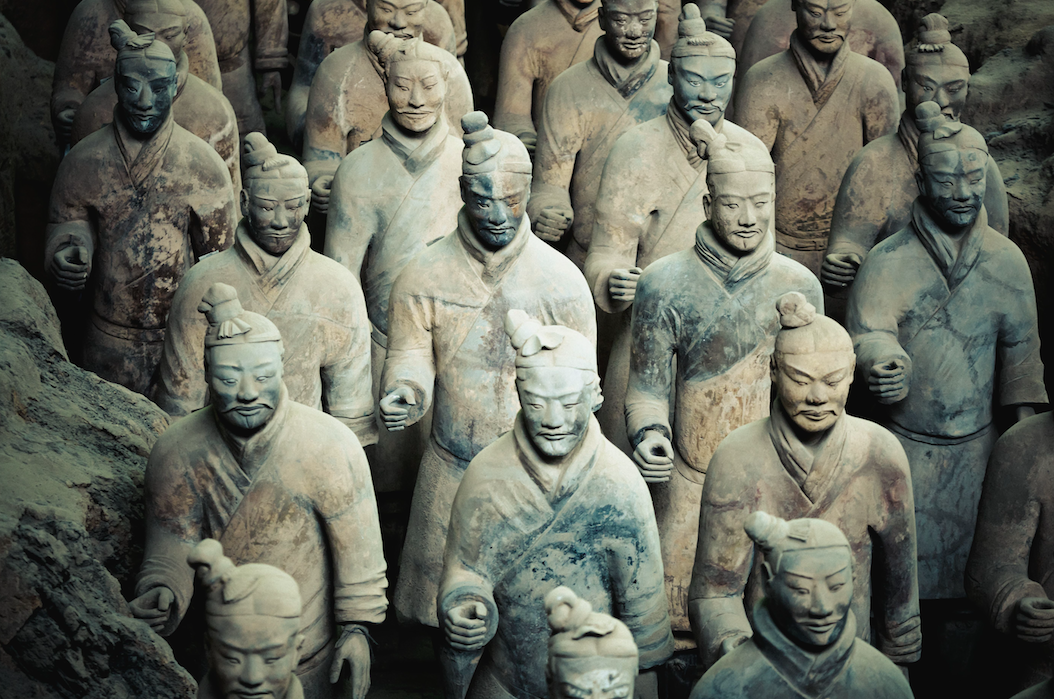China demands ‘severe punishment’ for partygoer who ‘snapped thumb off priceless Terracotta Army statue’

Authorities in China have demanded a man who allegedly broke off the thumb of a 2,000-year-old statue be “severely” punished.
Michael Rohana, from Bear, Delaware, is accused of snapping off the digit from the £3.2m statue – part of the Terracotta Army – that is on loan from China to the Franklin Institute in Philadephia.
The 24-year-old was at an Ugly Sweater Party at the Institute on 21 December when he allegedly made his way into the closed Terracotta Warriors exhibit.

While there, Rohana allegedly used his mobile phone as a flashlight and took a selfie with one of the warriors before appearing to break something off it and walking out with it in his pocket.
According to Chinese state media, museum staff noticed the missing thumb on 8 January and traced it to Rohana, who apparently admitted to keeping it in his desk drawer.
Rohana has now been charged with theft and concealment of a major artwork and Chinese authorities are demanding the book be thrown at him.
MOST POPULAR TODAY ON YAHOO UK
Brendan Cox: Husband of murdered MP quits charities after sexual assault allegations
KFC forced to close restaurants after running out of chicken
Kylie Minogue on split from fiance: My physical system was compromised
Teenager and grandfather died on level crossing on the way to football match
Homeless man who died outside parliament ‘had been deported twice from UK’
Wu Haiyun, the director of the Shaanxi Cultural Heritage Promotion Centre, the government-run organisation which loaned the statues out, said: “We ask that the US severely punish the perpetrator. We have lodged a serious protest with them.”
He added that China would seek compensation for the damage.
The Terracotta Army is a collection of sculptures that depict the armies of Qin Shi Huang, the first Emperor of China.

The 10 statues currently on display in the United States are just part of an army of 8,000 life-sized clay warriors, that date back to 210 BCE.
They were discovered in China’s Xi’an city in 1974 by a group of Chinese farmers.

 Yahoo News
Yahoo News 

